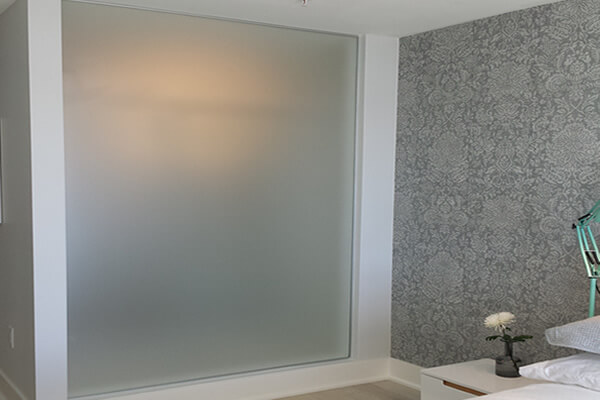

The Allure of Artistic Glass and Mirrors
Art has a unique ability to transform ordinary spaces into extraordinary realms of imagination and reflection. One of the most captivating mediums in contemporary artistry is glass, particularly when it comes to its artistic applications. From stunning sculptures to intricate installations, artistic glass has an unmatched ability to captivate viewers with its luminosity and form. When combined with mirrors, this medium takes on a whole new level of intrigue, inviting not just admiration, but also introspection.
The Evolution of Glass Art
The art of glassmaking has a storied history, dating back thousands of years. Initially, glass was primarily utilitarian, used for windows and vessels. However, the Renaissance sparked an artistic rebellion, and glass began to emerge as a serious art form. The Venetian glassmakers of Murano were pivotal during this period, crafting artisanal pieces characterized by vibrant colors and whimsical shapes. Today, artists worldwide continue to push the boundaries of glass art, experimenting with techniques such as blowing, casting, fusing, and engraving.
In recent years, the fusion of modern technology with traditional techniques has given rise to innovative artworks that challenge perceptions of glass. Artists like Dale Chihuly and Lino Tagliapietra have garnered international acclaim for their large-scale, immersive installations that highlight the transformative qualities of glass. Their work, which often incorporates mesmerizing colors and intricate shapes, embraces properties of light and transparency, creating ethereal environments that draw the viewer in.
The Reflective Quality of Mirrors
Mirrors have long held symbolic and functional significance across cultures. They serve practical purposes, from aiding personal grooming to enhancing interior spaces with light and depth. However, artistic mirrors transcend their conventional utility, becoming powerful tools for exploration and self-reflection. Artists have recognized mirrors as a canvas of sorts—where the viewer becomes an integral part of the artwork. This dynamic interplay creates a dialogue between the art and the observer, enabling personal interpretation and emotional engagement.

One of the most compelling aspects of reflective art is its ability to distort and reshape reality. Artists like Anish Kapoor play with this idea, creating installations that challenge perceptions of space and dimension. Kapoor's work often integrates polished surfaces that reflect and invert surroundings, prompting viewers to reconsider their spatial reality. Similarly, the utilization of shattered or fragmented mirrors can evoke a sense of dislocation, inviting contemplation of identity and the multifaceted nature of human experience.
The Fusion of Glass and Mirrors
When artistic glass and mirrors merge, they create a captivating interplay that amplifies the beauty and impact of each medium. The shimmering transparency of glass combined with the reflective quality of mirrors enhances the visual richness of an artwork. This combination results in pieces that are not only visually striking but also emotionally resonant.
For instance, an installation that incorporates glass sculptures resting upon mirrored bases generates an illusion of weightlessness, as if the sculptures are floating in an endless space. The reflections create multiple dimensions, offering viewers a layered experience as they navigate around the piece. Each angle reveals new perspectives, drawing the observer deeper into the artistic narrative.
Moreover, the act of viewing such installations can become a transformative experience. As viewers find themselves reflected within the artwork, they become participants in a collective exploration of identity and existence. This interaction fosters connections with both the artwork and with others, highlighting the communal aspect of art sharing.
Conclusion
Artistic glass and mirrors stand as testaments to the transformative power of creativity. They encourage viewers not only to appreciate visual beauty but also to engage in self-reflection and contemplation. In an age where technology often detaches us from the physical world, these mediums bring us back, inviting us to explore the interplay of light, space, and personal identity. The charm of artistic glass and mirrors lies not merely in their visual appeal but in their ability to draw us into a deeper understanding of ourselves and our place in the world. As glass continues to shape artistic expression and mirrors reflect our truths, we are reminded that art is not just to be seen, but to be felt and experienced in profound ways.